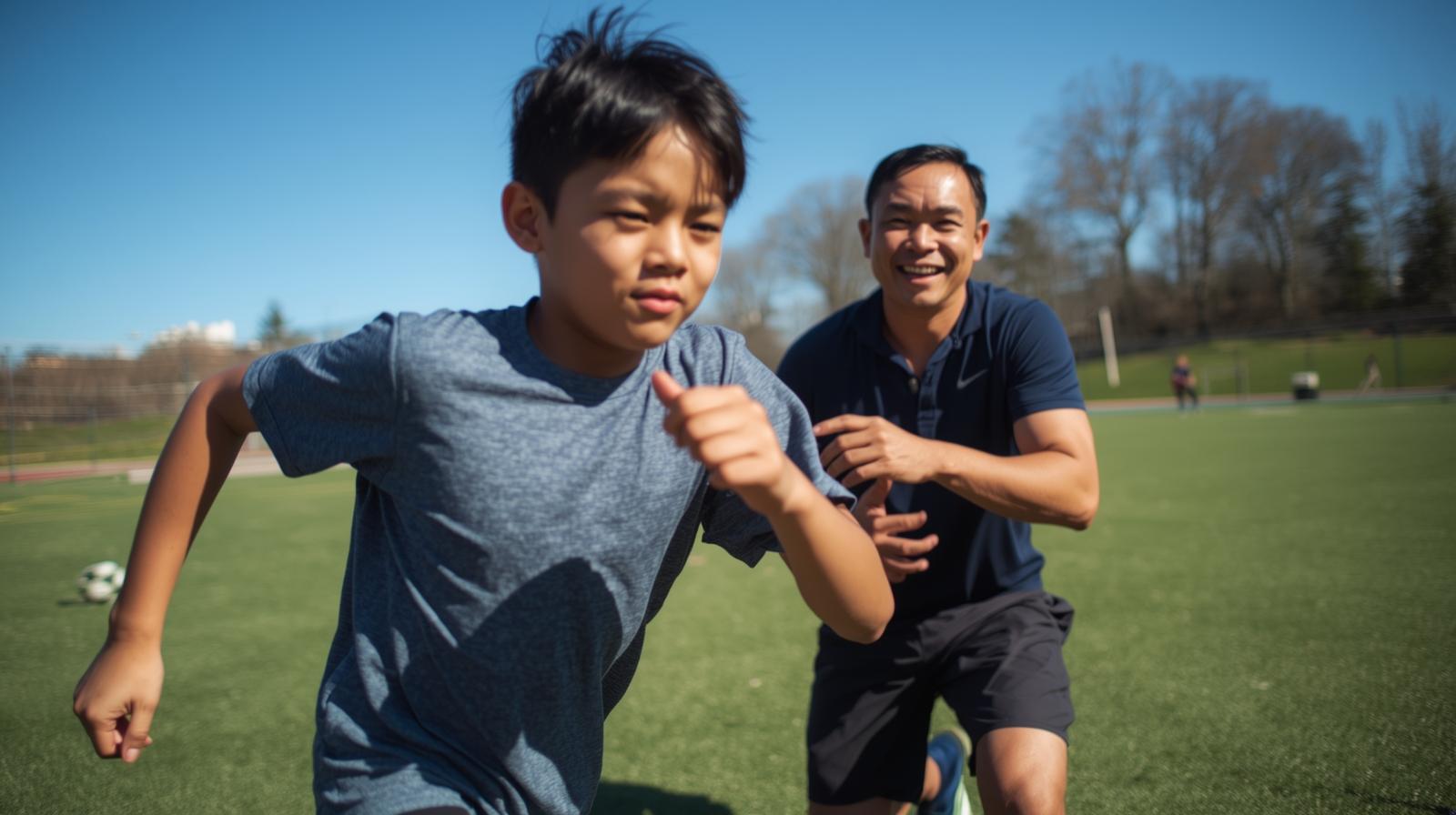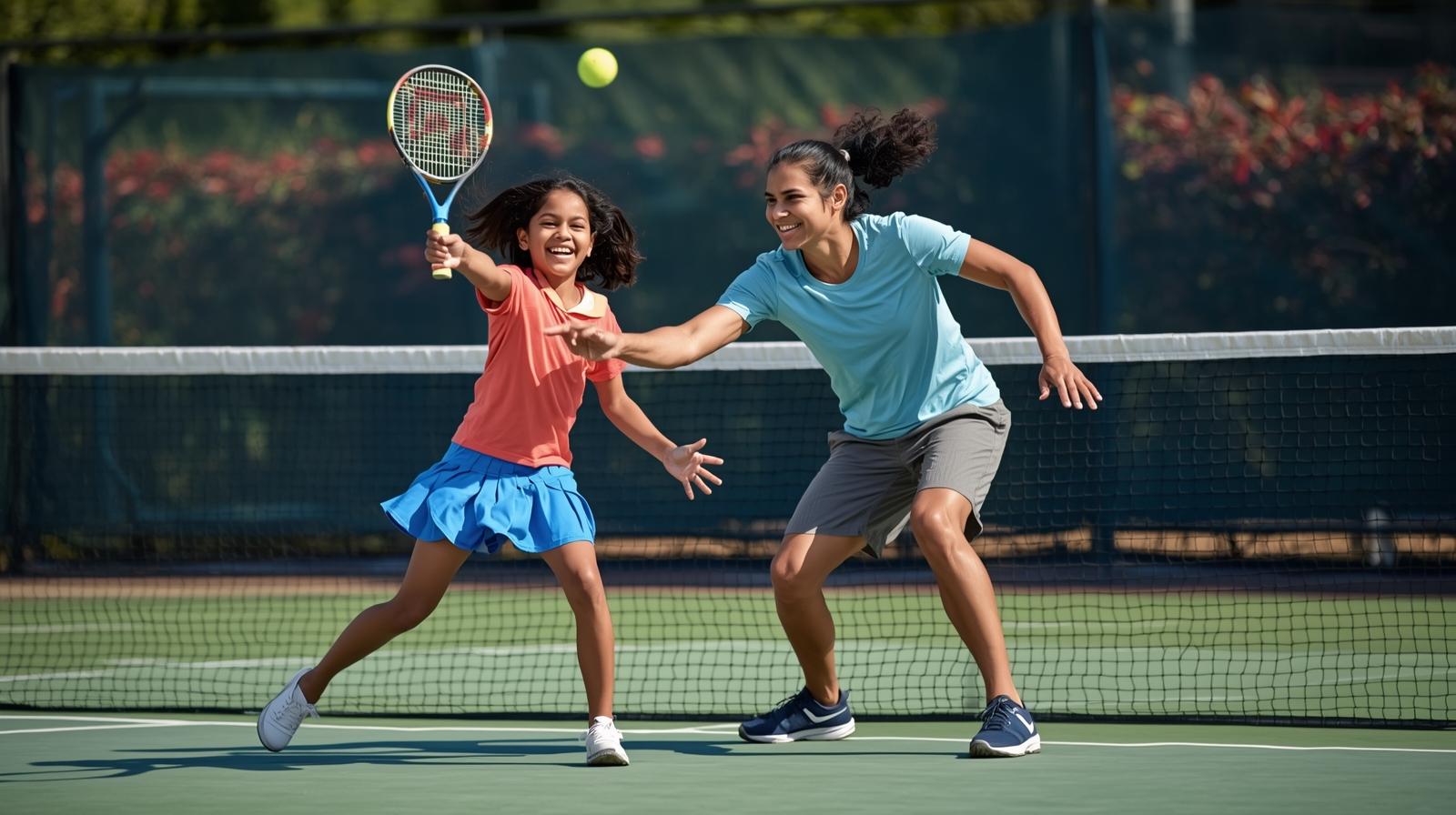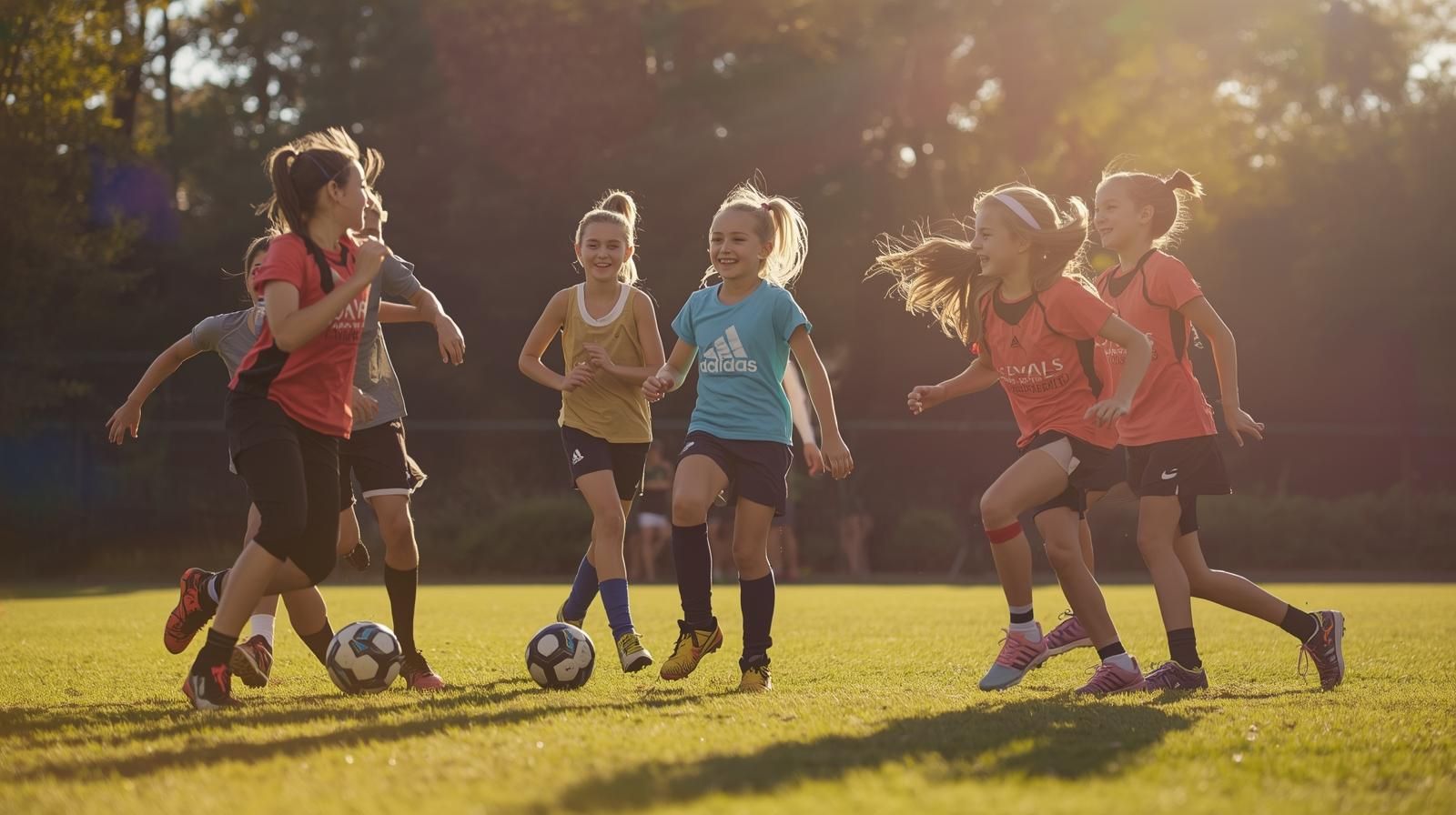Key Points:
- Children with autism can benefit physically and socially from sports when sensory needs are supported.
- The right activities, environment, and coaching make a big difference in how children with autism experience play.
- ABA strategies can help reinforce participation, routine, and skill-building in structured physical activities.
Physical activity has benefits for all kids, but for children with autism, it can be especially meaningful. From improving coordination to encouraging social interaction, sports offer structured opportunities to build essential life skills.
But participating in sports isn’t always easy. Many parents wonder how to choose the right activity or how to support a child who struggles with loud noises, bright lights, or unpredictable social cues. This is where understanding the connection between autism and sports becomes crucial.
When you match the right sport with the right support, physical activity can become a source of joy, confidence, and growth.
Sports and Autism: Finding the Right Fit Matters
Choosing a sport isn’t just about what’s popular or convenient. For children with autism, it’s about finding a setting that respects their sensory needs, communication style, and personal interests.
Some autistic children enjoy group play; others thrive in solo activities. Some prefer repetitive movements, while others need games that change pace to stay engaged.
When exploring sports and autism, consider these questions:
- Does the activity require frequent social communication?
- Is the environment loud, chaotic, or brightly lit?
- Does the coach or staff understand autism-related challenges?
- Can the activity be broken into predictable, teachable steps?
Your child’s preferences, strengths, and sensitivities should guide your choice, not just the sport’s popularity.

Best Sports for Autism: Activities That Match Strengths
There’s no one-size-fits-all when it comes to the best sports for autism, but certain characteristics can make some sports more accessible than others.
Here are some examples to consider:
1. Swimming
Low-impact, repetitive, and calming for many children. The water can provide both sensory regulation and a controlled environment.
2. Martial Arts
Many forms (like karate or taekwondo) are structured, rule-based, and emphasize discipline, which aligns well with how many autistic children learn.
3. Track and Field
Running, jumping, or throwing can be done individually, reducing the pressure of team interaction while still promoting skill-building and exercise.
4. Biking or Scooter Riding
Independent yet active, these are great for kids who prefer solo play but still benefit from movement and motor planning.
5. Bowling or Mini-Golf
Slower-paced, often quieter, and with predictable rules – these are ideal options for children who prefer less sensory stimulation.
You may also want to look into local autism sports programs that adapt traditional sports to accommodate sensory and behavioral needs.
Sensory Supports for Autism in Sports Settings
Sports settings can be overwhelming for children with sensory sensitivities. Whistles, crowd noise, bright uniforms, or echoey gyms might lead to overload or withdrawal.
To support participation, integrate sensory supports for autism during sports and play. Some practical options include:
- Noise-canceling headphones for loud environments
- Compression clothing or weighted vests for body awareness
- Sunglasses or visors to reduce light sensitivity outdoors
- Pre-practice sensory routines (like swinging or deep pressure) to prepare the nervous system
Creating a sensory-friendly environment allows children to focus on the activity rather than on coping with discomfort.
Building Routine with Autism Exercise Programs
Children with autism often thrive on routine and predictability. Physical activity becomes more successful when it’s part of a structured program with clear expectations.
Autism exercise programs use step-by-step routines to teach and reinforce motor skills, often blending physical and behavioral goals.
For example:
- A weekly schedule of practice times posted visually
- Visual cues or picture cards showing the order of activities
- Reinforcement systems (such as token boards) for participation
- Repetition of movements to build confidence and motor planning
These strategies align with how ABA principles are used in therapy and can also apply to sports participation.
Encouraging Play Through Games and Movement Activities
Not every child is ready for organized sports. Sometimes, starting with games for kids with autism can be a bridge toward more structured play.
Some ideas include:
- Obstacle courses using pillows, cones, or tunnels
- Bean bag tosses or balloon volleyball
- Yoga for kids with visual prompts
- Simon Says with movement-based directions
- Dance freeze or musical chairs with modified rules
These activities for children with autism promote coordination, imitation, attention, and flexibility, which are all skills that directly support sports readiness.
You can also incorporate calming activities for autism before or after play, such as stretching, breathing exercises, or time in a quiet space. These activities help regulate the nervous system and make transitions smoother.
Social and Behavioral Benefits of Sports Participation
Participating in sports provides more than just physical benefits. Children learn teamwork, turn-taking, goal-setting, and resilience – skills that can carry over into classroom and home life.
In structured, supported environments, sports can also help reduce problem behaviors by giving children an outlet for energy, frustration, or sensory needs.
Autism sports programs that pair coaching with behavioral supports often see progress in areas such as:
- Improved attention and task completion
- Increased willingness to try new things
- Better coping with sensory input
- Greater confidence and self-expression
The key is balancing skill-building with fun and making sure the environment fits the child’s needs.

Coaching Tips for Supporting Children with Autism
If you’re a coach, teacher, or caregiver leading sports for children with autism, consider these tips:
- Keep instructions short and clear
- Use visuals and demonstrations
- Allow for breaks when needed
- Avoid overloading with verbal praise – use specific reinforcement instead
- Be patient with transitions and provide countdowns
- Focus on progress, not perfection
Coaches who are trained to understand sensory and communication differences play a major role in helping autistic children feel safe, supported, and successful during play.
The Right Support Makes Sports Work
When supported appropriately, sports can be a rewarding and meaningful experience for children with autism. It’s not about pushing for competition but about fostering confidence, movement, and joy.
The key is choosing the right activity, pacing it properly, and using tools like sensory supports, visual routines, and behavioral reinforcement. From adaptive games to structured programs, there are many ways to help children on the spectrum enjoy movement in a way that feels safe and fun.
Parents, caregivers, and therapists can work together to build routines that include physical activity while honoring each child’s unique needs.
Get ABA Support for Your Child’s Physical and Behavioral Development
If your child is ready to explore sports, but you’re unsure how to make it a positive experience, Empower ABA can help.
We offer ABA therapy services in New York and Virginia, designed to support both everyday routines and new experiences like sports participation. Empower ABA can work with your family to build skills around coordination, communication, and behavioral readiness for group or solo play.
Contact us today to learn how we can help your child thrive in every area, from home routines to physical activity, with expert, individualized support.

